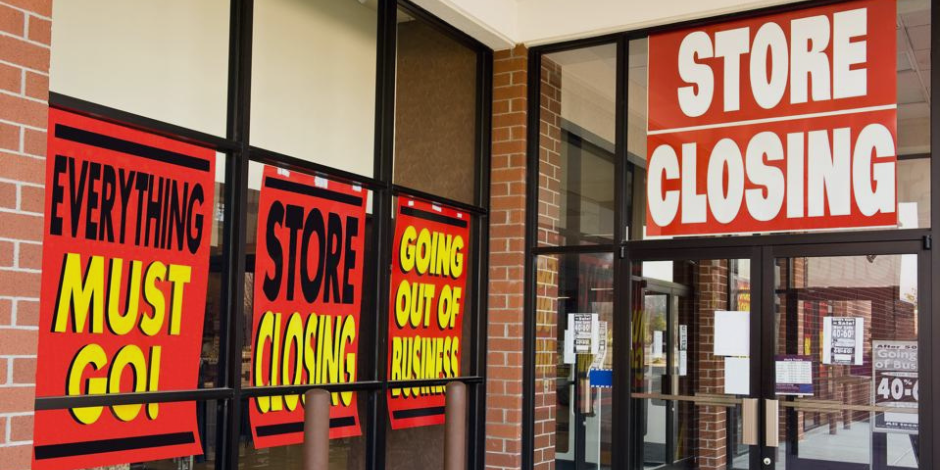A counter-intuitive trend seems to be rippling through the retail industry.
In the context of a relatively healthy (at worst lukewarm) economy at the moment, and in spite of a tight retail vacancy rate, 2025 is on track to set a record for the number of store closings.
There were nearly 6,000 closings by the end of June, a 65% surge over the same period a year ago, according to Coresight Research, a data cruncher for the commercial real estate industry. If the current rate continues, the number of closings this year would exceed the Great Recession (2007-2009), the so-called Retail Apocalypse (2017-2019), and the 2020 pandemic shakeout.
While a flurry of bankruptcies did cashier a number of retail outlets, with Rite Aid and Joann leading the pack, the bankruptcy rate so far this year is much slower than last year at the same time, making the current trend that much more remarkable.
Fewer stores means fewer employees. The first half saw the lowest gross retail job gains in the more than three decades since the Bureau of Labor Statistics began keeping track.
Meanwhile, more than 80,000 retail jobs had been axed through July, a 250% increase over the same period a year ago, according to Challenger, Gray & Christmas, an outplacement consultancy.
What’s going on here? Is the consumer economy crumbling under our feet?
Not according to Neil Saunders, a Global Data analyst cited by Coresight. “In general, there is too much headline grabbing around store closures,” he says. “People like to make a thing about how physical retail is dead or dying, which is completely untrue.”
What’s going on is possibly the exact opposite of dead or dying. Major retailers are closing unprofitable stores, consolidating locations, and pivoting from the Big Box model to smaller, neighborhood shopping center locations. According to Coresight, new store openings tend to be in smaller spaces of less than 10,000 square feet.
The single most significant force driving this churn is Artificial Intelligence and the many ways it now is possible for businesses to identify waste and create efficiencies with a smaller head count.
The retail industry is finally catching up to the rest of the business world with lessons learned during the pandemic coupled with the ability to rapidly digest and interpret data.
In the past, deciding when to close an under-performing store location and choosing locations for new stores was an arduous, risky, and labor-intensive process. Today, retailers can target locations by running AI-driven simulations using variables such as competing retailers, population density, rent, climate and demographics.
On the labor-cost side, AI-powered chatbots and virtual assistants increasingly handle customer queries; track inventory levels; predict reordering needs; eliminate manual stock checks; predict foot traffic and sales patterns; and reduce overstaffing.
Long notorious for high rates of merchandise returns that end up in landfills or incinerators or third-world countries, and for the unconscionable rate of waste in our food supply (it’s estimated that 25% or more of grocery store food never gets consumed), technology is squeezing much of the guesswork out of retailing.
Subscription required.

















